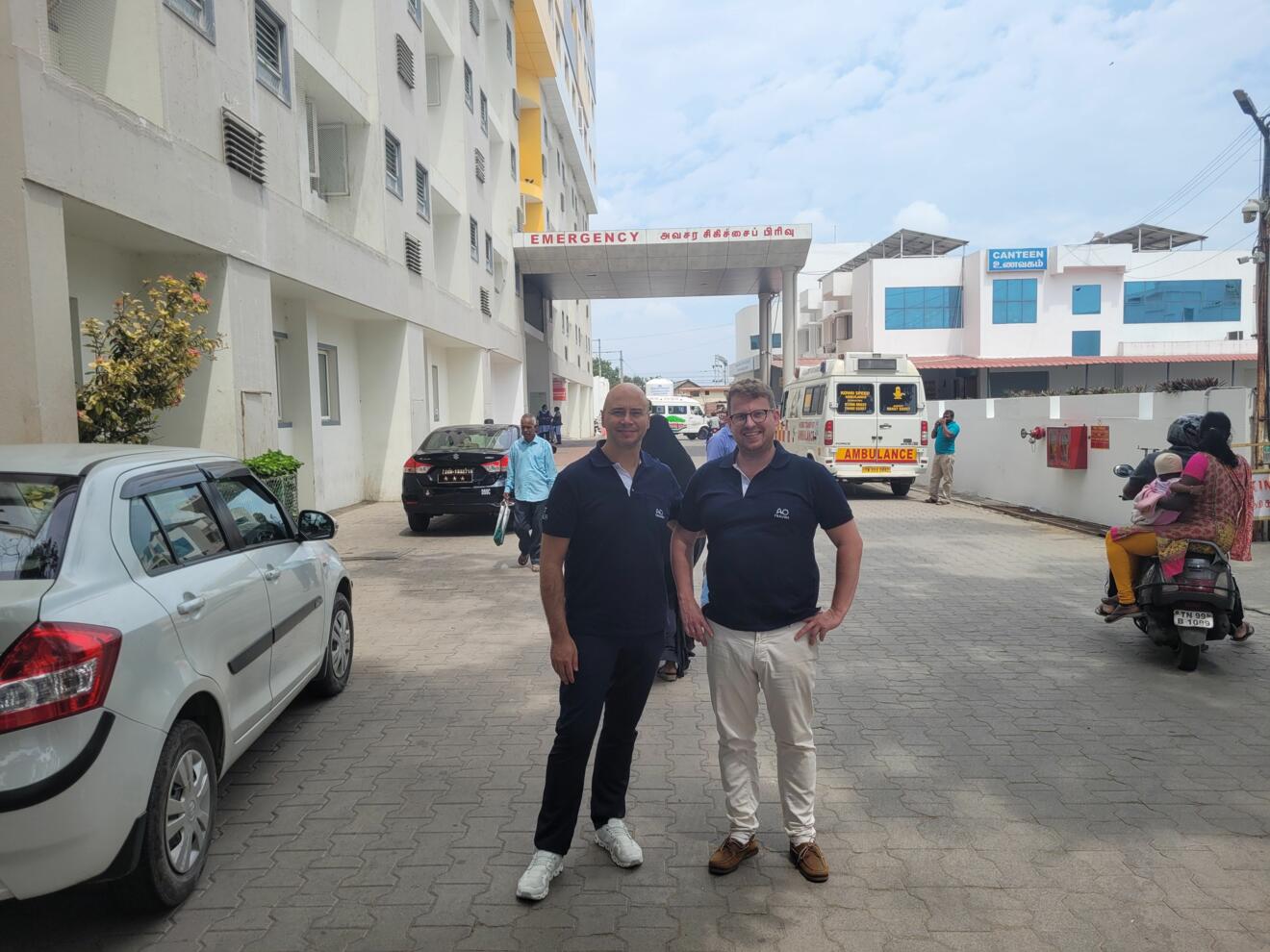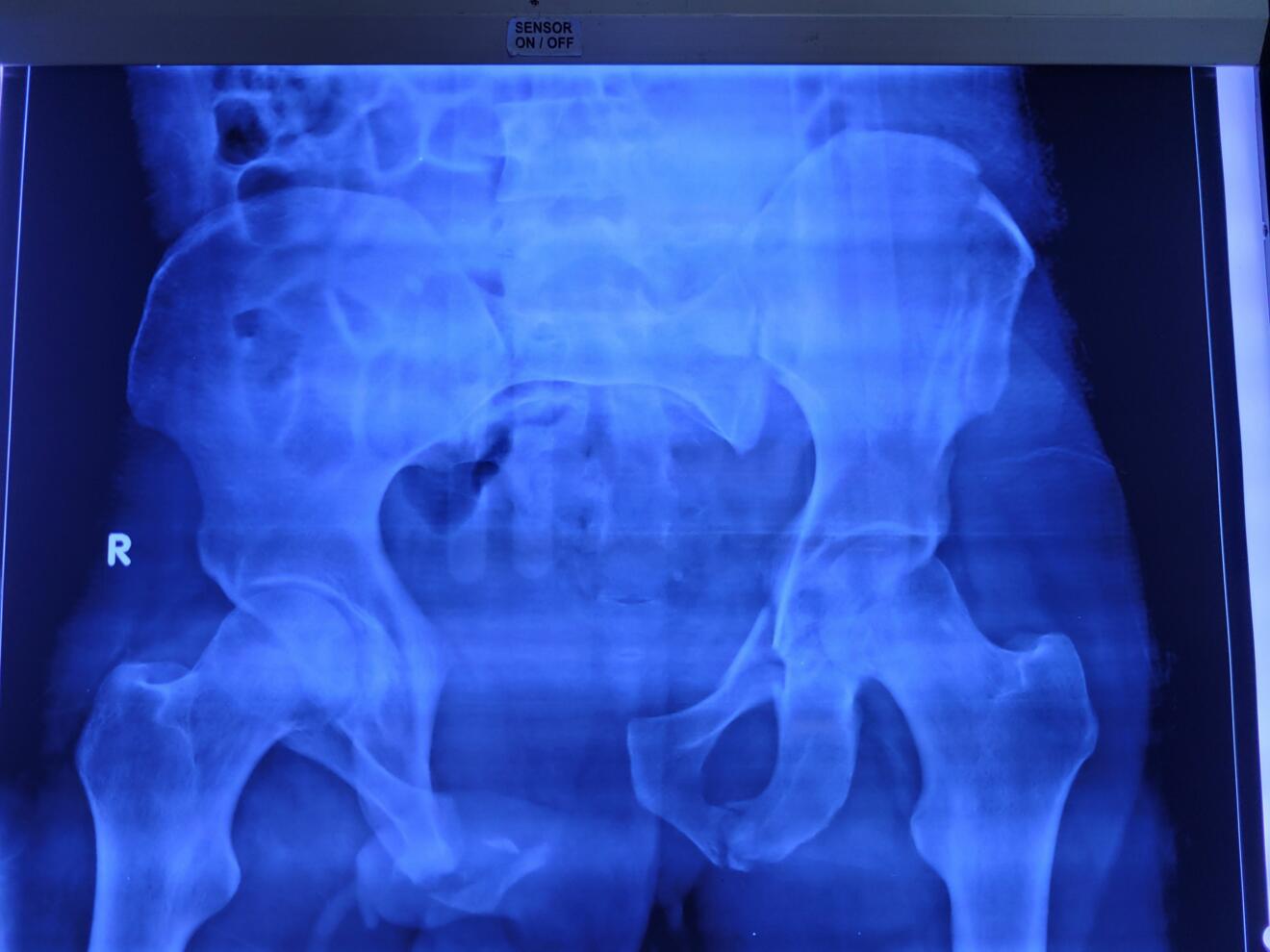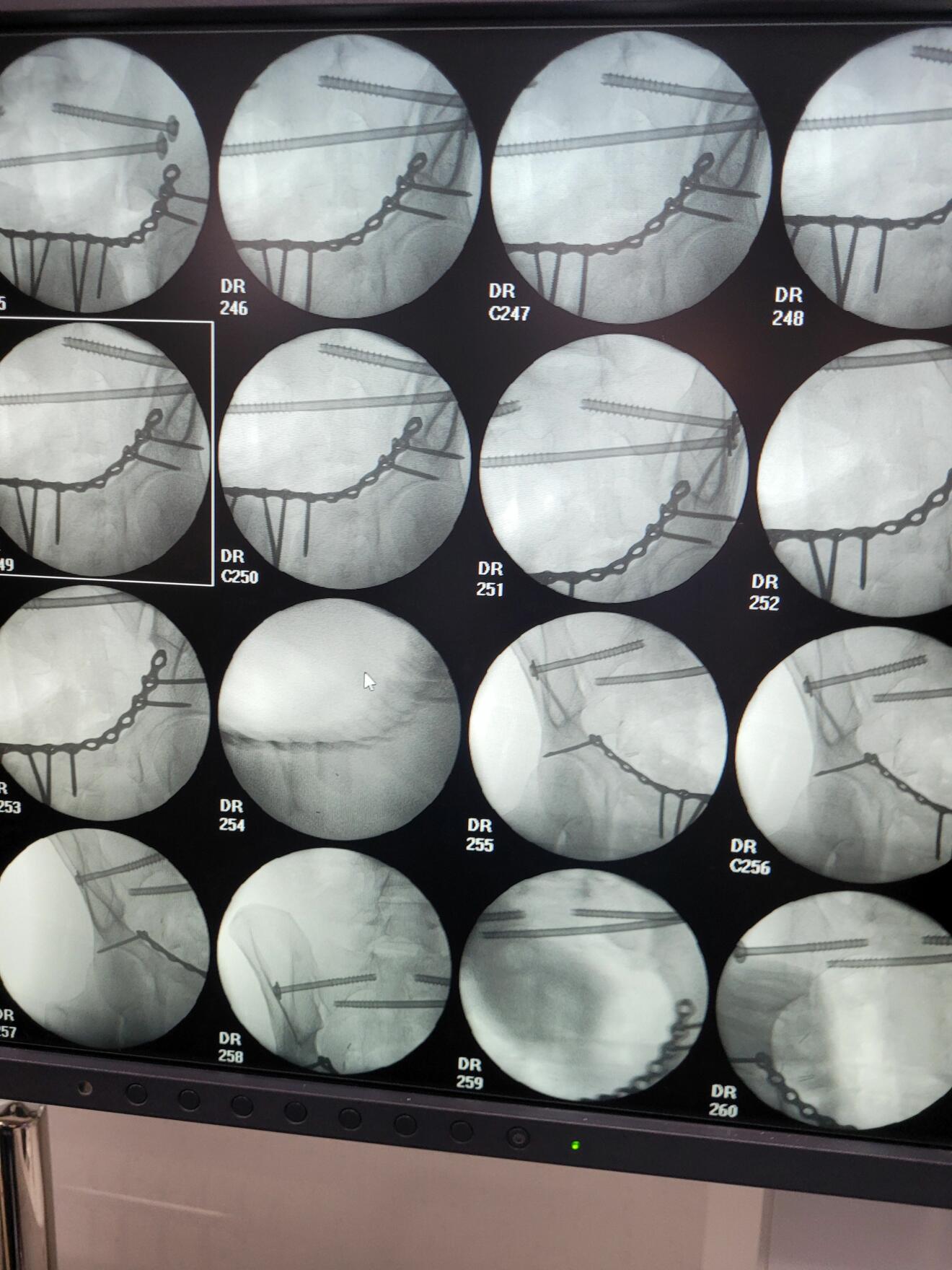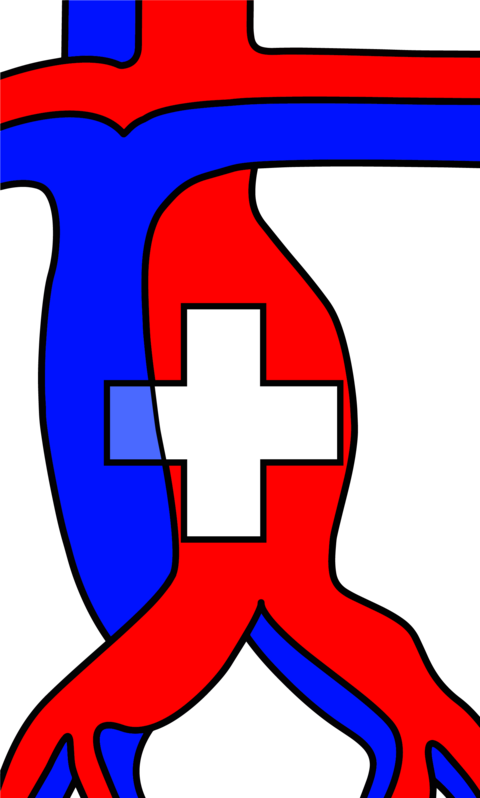Founded in 1978 and named after J.S. Gangadharan, the father of the hospital's founder, Dr. J.G. Shanmuganathan, the hospital has undergone multiple expansions and has evolved into a specialty center for Trauma, Orthopedics, and Plastic Surgery.
Currently, with a capacity of 650 beds and 38 operating theatres dedicated to Orthopedics, Plastic Surgery, and Trauma Surgery, the hospital is one of the largest specialty units in South Asia. In 2022 alone, the hospital catered to 215,574 outpatients, 25,889 inpatients, 28,396 surgeries, and 3,026 international patients. Additionally, the Ganga Spine Injury & Rehabilitation Centre was established in 2014, making it one of the few centers in India dedicated to the treatment and rehabilitation of paraplegic patients. In 2015, the Ganga Research Centre (GRC) was founded with the goal of conducting basic scientific research on musculoskeletal disorders at the molecular level.
With India’s growing economy and increasing mobility, the number of road accidents—particularly those involving two-wheelers—is on the rise. Each day, Ganga Hospital admits and treats patients with the most serious and complex injuries from the surrounding areas and beyond. The clinical work primarily focuses on treating patients with severe soft tissue injuries, with one of the core treatment principles being the radical debridement of soft tissue following injury. Thanks to the integration of plastic surgery colleagues into the hospital's 24/7 service system, immediate reconstruction using the "fix and flap" principle is always possible.
Moreover, the hospital's well-equipped trauma room, along with its comprehensive range of diagnostic and treatment options in the intensive care unit, allows for the effective treatment of polytraumatized patients. Severely injured patients with blunt abdominal trauma, traumatic brain injuries, and concomitant injuries to the pelvis and spine are treated here daily. I greatly appreciated the challenging and critical discussions on treatment strategies for these severely injured patients with the surgical colleagues on duty. It is not uncommon for patients with severely displaced fractures to be transferred after a delay in treatment, which can present additional challenges in surgical practice.
All the doctors at this trauma center are experts in their fields, with many actively involved in research projects and trauma societies. Clinical rounds, M&M conferences, and discussions on difficult cases enriched my stay at the hospital. I gained significant knowledge about alternative, successful surgical techniques and strategies for treating polytrauma patients. I also thoroughly enjoyed the Indian hospitality, culture, and cuisine. If you are interested in learning about the treatment of severely injured patients and complex reconstructive strategies, this trauma center is an ideal place to do so.












